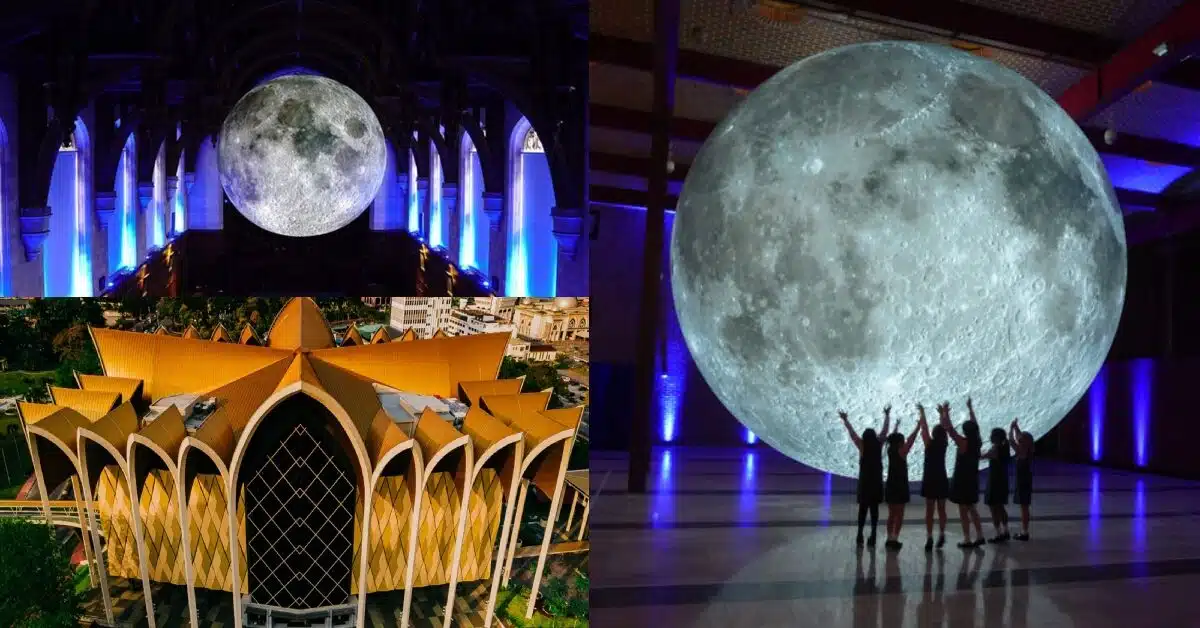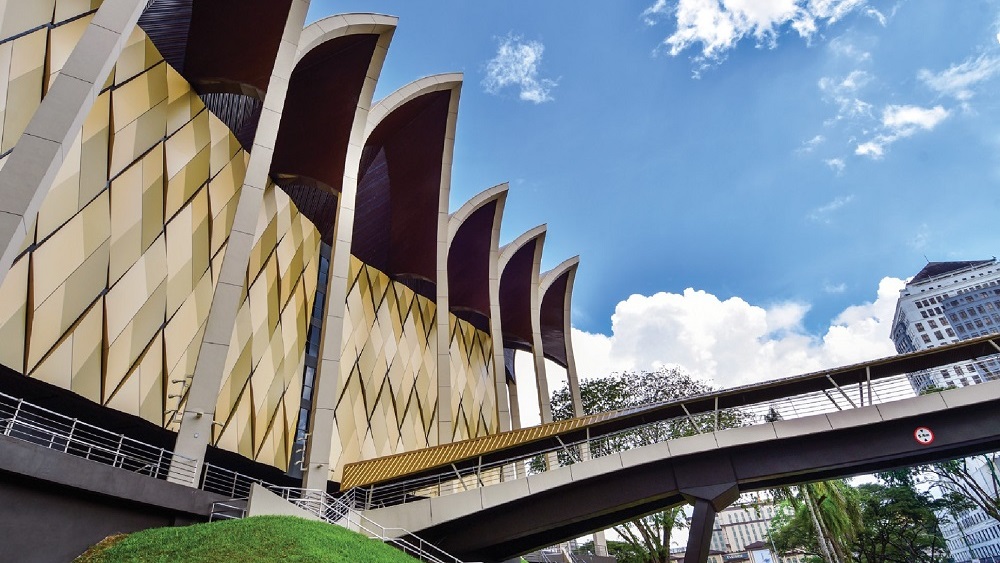Introducing the Treasures of Borneo Cultures Museum
Introducing the Treasures of Borneo Cultures Museum
Blog Article
Explore the Interesting Globe of Borneo's Cultural Heritage: A Comprehensive Guide to the Cultures Gallery Experience
Submersing oneself in the elaborate tapestry of Borneo's cultural heritage belongs to getting started on a trip via time and tradition. The combination of native people, standard handicrafts, exciting performances, and historical narratives housed within the boundaries of the island's museums offers a look into a globe including vivid custom-mades and profound traditions. As site visitors traverse with these databases of culture, they are bid to explore a realm where past and existing intermingle, inviting consideration on the strength and richness of Borneo's varied heritage.
Aboriginal Tribes of Borneo
Borneo is home to over 50 aboriginal tribes, each with special social practices and customs that have actually been preserved for generations. Among these people are the Iban, known for their conventional longhouses and detailed tattoos where multiple households stay. The Dayak people, one more famous team, participate in fancy spiritual events and are competent craftsmens, crafting intricate wood carvings and woven textiles. The Penan tribe, on the various other hand, are nomadic hunter-gatherers with a deep link to the rain forest, utilizing blowpipes for hunting and gathering wild plants for sustenance.
These indigenous people play a crucial role in keeping Borneo's abundant cultural tapestry. Site visitors to Borneo have the opportunity to involve themselves in the special way of lives of these tribes with cultural scenic tours, homestays, and community-based tourist campaigns.
Standard Inventions and Artefacts

One prominent example of standard inventions in Borneo is the manufacturing of woven products - Borneo Cultures Museum. Skilled weavers use all-natural fibers like pandan, rattan, and bamboo leaves to produce detailed baskets, floor coverings, and accessories adorned with vibrant patterns that hold symbolic significances within the neighborhood
The art of woodcarving is one more considerable facet of Borneo's standard inventions. Artisans carve elaborate styles right into numerous kinds of wood to produce masks, sculptures, and music tools that not only offer useful functions but additionally hold cultural importance, typically depicting mythology or spiritual ideas.
Furthermore, Borneo is renowned for its beadwork, with craftsmens carefully crafting beads from products like glass, seeds, and coverings to produce precious jewelry, clothes embellishments, and ornamental things that display the area's vibrant visual practices. These conventional inventions and artifacts not only work as substantial expressions of Borneo's cultural heritage however additionally supply insights right into the communities' beliefs, values, and way of living.

Social Performances and Festivals
With a deep-rooted connection to their cultural traditions, the communities in Borneo come active through vibrant social efficiencies and events that commemorate their heritage. These occasions display the abundant variety of Borneo's ethnic teams, each offering distinct dancings, music, and routines that have been passed down with generations. Among one of the most distinguished festivals is the Gawai Dayak, commemorated by the Dayak people to note the rice harvesting period. Throughout this event, typical music fills up the air, complex dancings are carried out, and elaborate conventional outfits are used. One more significant occasion is the Pesta Kaamatan, commemorated by the Kadazandusun neighborhood to appreciate for the rice harvest. This event features social efficiencies, consisting of the Sumazau dancing, and standard sports like the bamboo dancing. Visitors to Borneo can immerse themselves in these festivities, getting a deeper understanding of the area's social heritage and experiencing the warm friendliness of its people. Social performances and celebrations serve as a dynamic reminder of Borneo's rich social tapestry and the importance of maintaining these practices for future generations.
Historic Narratives and Artifacts
Discovering the historic stories and artefacts of Borneo supplies a remarkable glimpse into the region's abundant past and cultural development. Borneo's historic tapestry is woven with varied influences, reflecting the interactions in between native tribes, Chinese traders, European colonizers, and Malay sultanates. The artefacts discovered in Borneo display this detailed background, ranging from typical crafts like complex beadwork and woodcarvings to archaeological prizes such as old pottery and tools.
One of one of the most engaging elements of Borneo's historical stories is the preservation of oral practices gave through generations. These tales provide insights into the beliefs, customizeds, and lives of Borneo's inhabitants throughout the centuries. The artefacts unearthed from historical websites provide substantial connections to these stories, allowing visitors to witness the product society of past cultures firsthand.
Contemporary Cultural Preservation Efforts

Additionally, academic programs and cultural exchange tasks play a critical function in raising awareness concerning the value of preserving Borneo's unique social heritage. By engaging colleges, museums, and the bigger neighborhood in discussions and tasks that celebrate Borneo's varied cultures, preservation initiatives can gain energy and support for lasting sustainability. Partnerships in between governmental bodies, charitable organizations, and regional communities are crucial in driving these conservation endeavors ahead, ensuring that Borneo's abundant cultural heritage stays vivid and treasured for generations to come.
Final Thought
To conclude, the social heritage of Borneo is abundant and diverse, with native people, conventional inventions, social performances, events, historical narratives, and modern preservation initiatives all adding to its uniqueness and significance. Visitors to Borneo's social galleries can gain a much deeper understanding and appreciation of the region's cultural heritage, allowing for a much more immersive and enlightening experience.
Submersing oneself in the complex tapestry of Borneo's cultural heritage is similar to beginning on a voyage with time and practice.With a deep-rooted link to their cultural customs, the neighborhoods in Borneo come alive with vivid social efficiencies and festivals that celebrate their heritage. Cultural efficiencies and festivals serve as a lively tip of Borneo's rich social tapestry and the value of protecting these traditions for future generations.
Additionally, educational programs and cultural exchange activities play an essential function in increasing understanding concerning the relevance of protecting Borneo's special social heritage. Collaborations in between governmental bodies, charitable companies, and local communities are necessary in driving these preservation endeavors forward, guaranteeing that Borneo's rich cultural heritage continues to be vivid and valued for generations to come.
Report this page